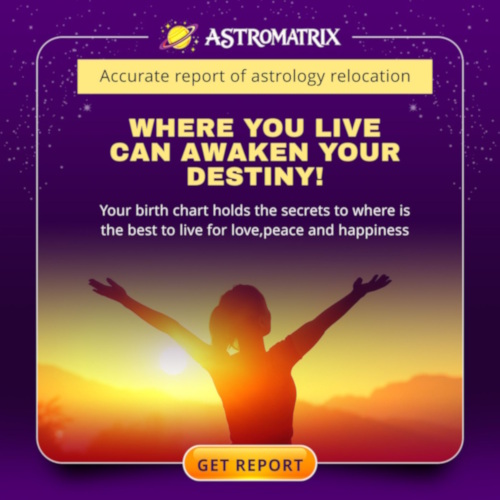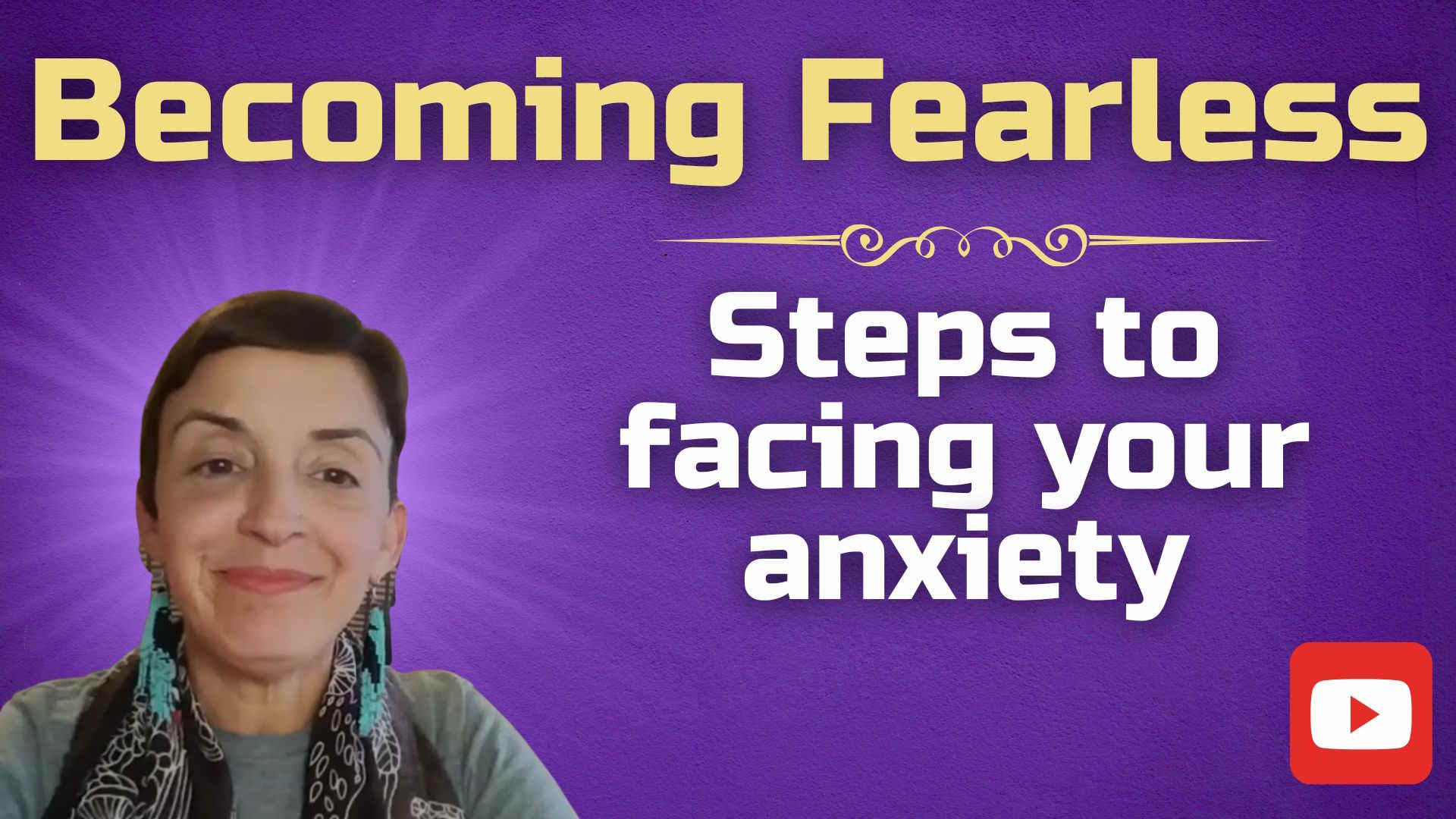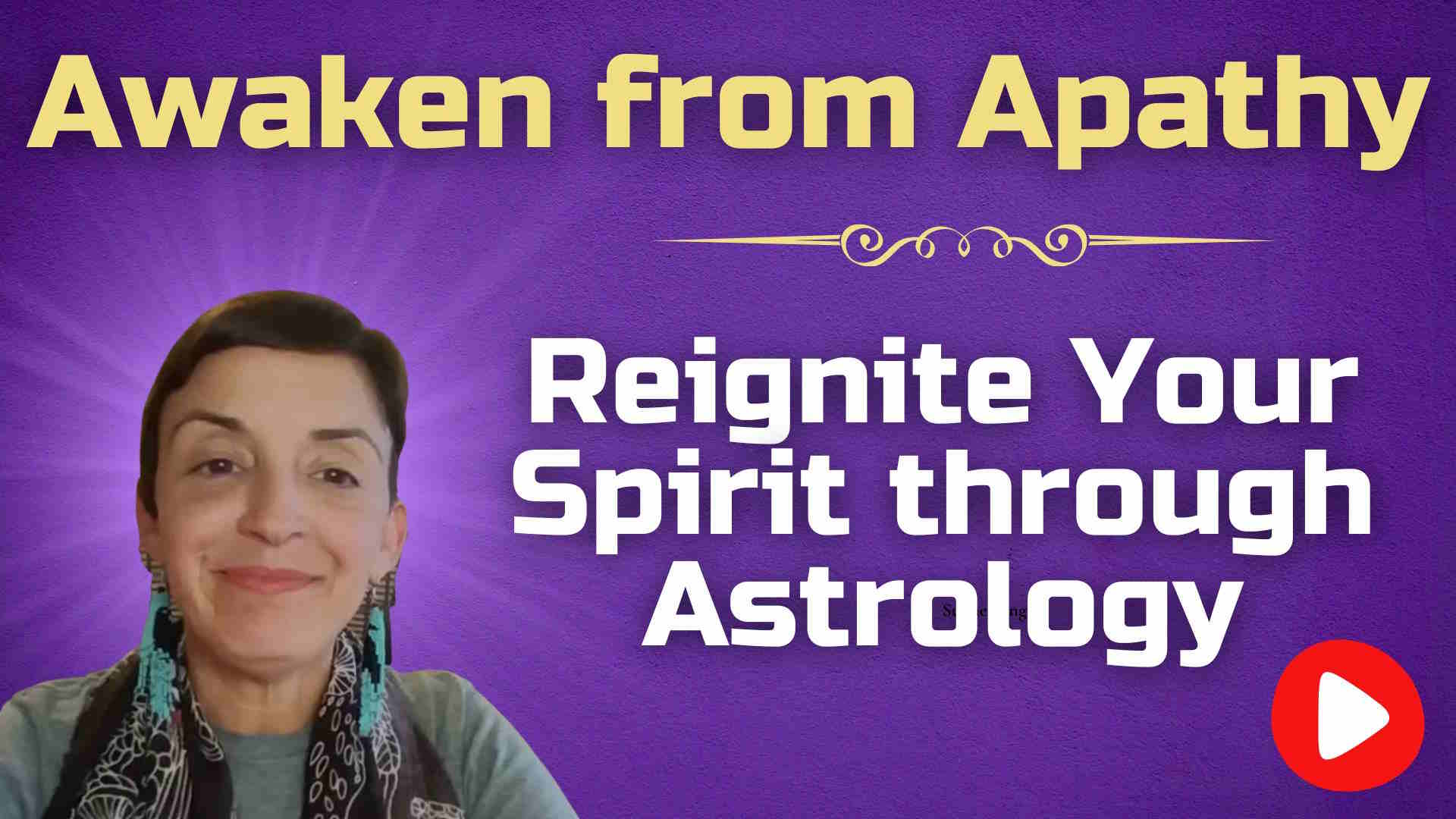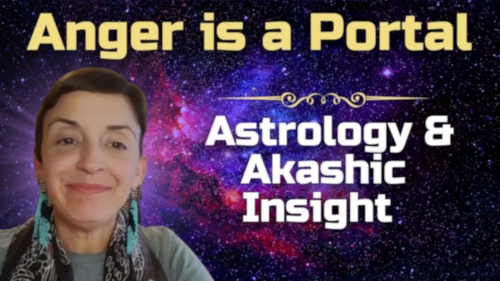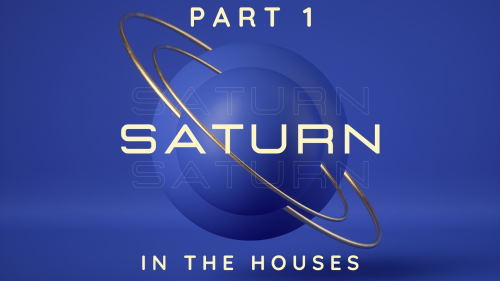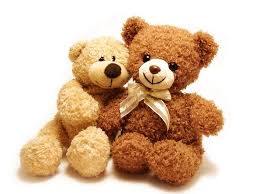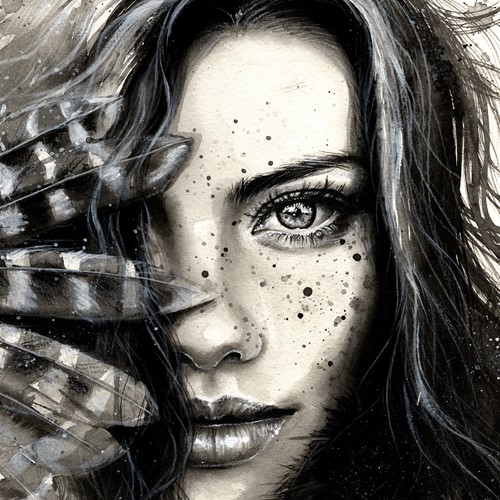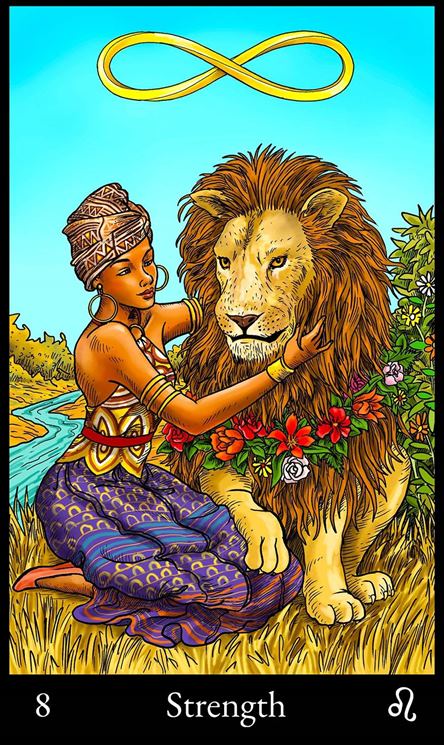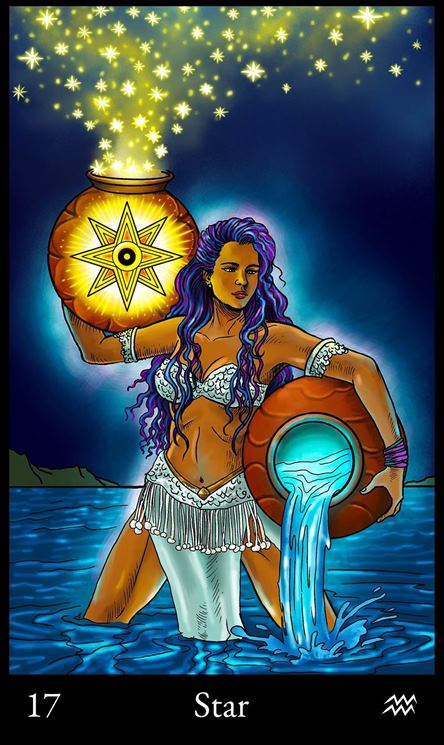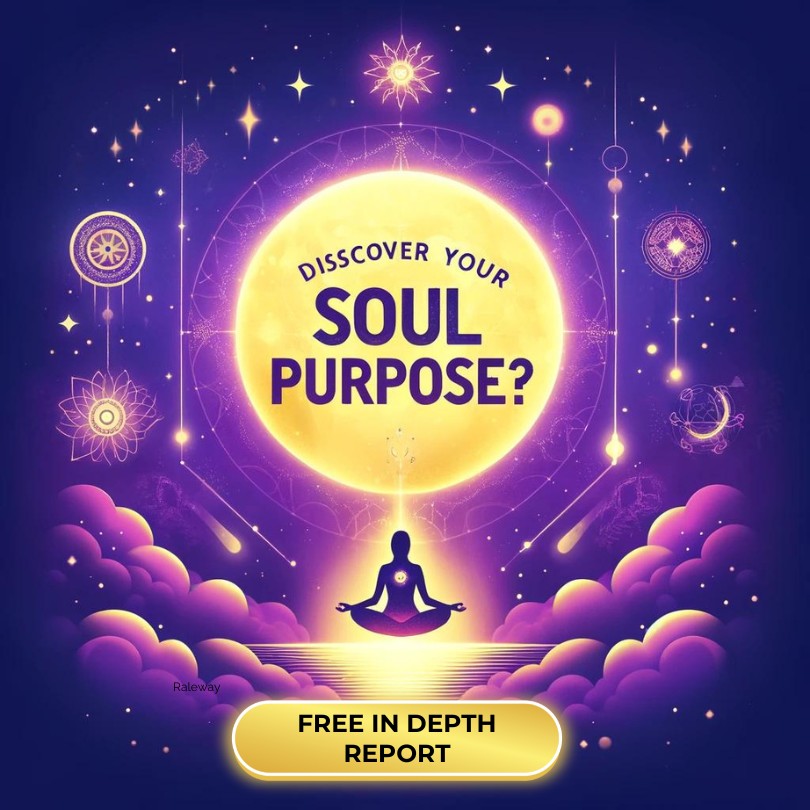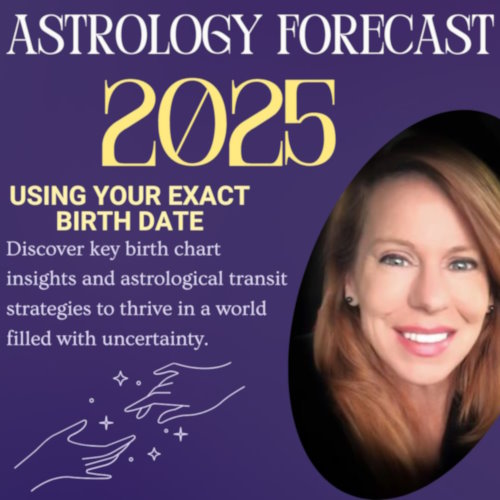Moon Square Ascendant ~ Synastry Aspects
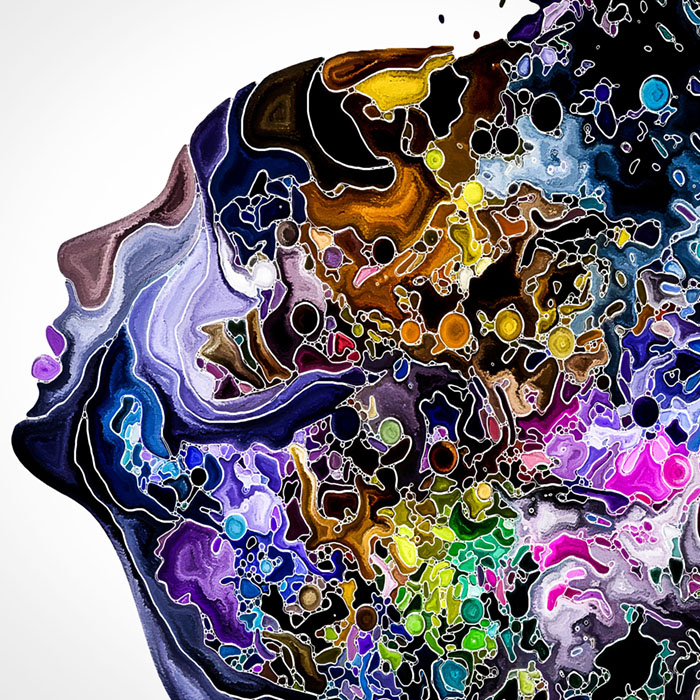
"I embrace the challenges of understanding and harmonizing our emotional needs and outward behaviors, fostering growth and connection in our relationship."
- Finding balance and harmony
- Embracing diverse backgrounds
Moon Square Ascendant Opportunities
- Expressing yourselves with empathy
- Navigating differing family backgrounds
Moon Square Ascendant Goals
Moon Aspects
The Moon's Emotional Resonance in Synastry
The Moon, symbolizing our innermost feelings, needs, and instincts, holds profound significance in synastry. Its position and interactions can shed light on how two individuals emotionally resonate with each other, providing insights into their shared comforts, vulnerabilities, and intuitive bonds. When one person's Moon connects with significant points or planets in another's chart, it often uncovers shared emotional rhythms, highlighting where they can find mutual comfort and where they might need to tread softly due to sensitivities.
Navigating the Lunar Landscape Together
In synastry, the Moon's presence often dictates the ebb and flow of feelings within the relationship. It can point towards shared nurturing tendencies, instinctual reactions, and even domestic compatibilities. However, it also illuminates emotional discrepancies, indicating where one might need to provide extra care, understanding, or support to the other. Recognizing and honoring the Moon's cues in synastry can be a pathway to deeper emotional intimacy, fostering a bond built on empathy and mutual care.
Moon Square Ascendant Meaning
The Moon Square Ascendant aspect in synastry creates a dynamic and potentially challenging interaction between two individuals. The first person's family upbringing and ingrained habits may clash with the second person's way of expressing themselves and their understanding of cooperation. This can lead to occasional emotional upsets and disagreements concerning domestic matters.The Moon represents our emotional needs and habits, while the Ascendant symbolizes our outward behavior and how we interact with the world. With this aspect, the first person's emotional needs may be at odds with the second person's way of expressing themselves. For example, the first person might have grown up in a household where emotions were not openly expressed or were suppressed, while the second person may be naturally more extroverted and open about their feelings. This difference in emotional expression can create tension and misunderstanding between them.Additionally, the clash between the first person's family upbringing and the second person's concept of cooperation can also lead to discord. They may have different approaches to how they handle domestic affairs or collaborate on shared responsibilities. For instance, the first person may be accustomed to a more traditional or restrictive way of managing household matters, while the second person may prefer a more unconventional or independent approach. These differences can trigger disagreements and require open communication and compromise to find a harmonious balance.It is important to note that while this aspect does pose challenges, it also offers an opportunity for growth and understanding. By acknowledging and exploring their contrasting backgrounds and ways of relating, the individuals involved can learn from one another and expand their perspectives. With patience, empathy, and a willingness to find common ground, they can navigate the conflicts arising from this aspect and build a stronger, more balanced relationship.Moon Square Ascendant Keywords
For more information on your birth or transit aspects to discover your true potential, check out our captivating, interactive, and completely free love report. Learn how your empathetic nature shapes your interactions and enriches your relationships.
Our intuitive, user-friendly layout guides you through each aspect of your spiritual vision, making it effortless to pinpoint areas where you might need guidance in decision-making. By using your precise birth details, we ensure unmatched accuracy, delving deeper with the inclusion of nodes and select asteroids. Experience insights and revelations far beyond what typical reports and horoscopes offer.








